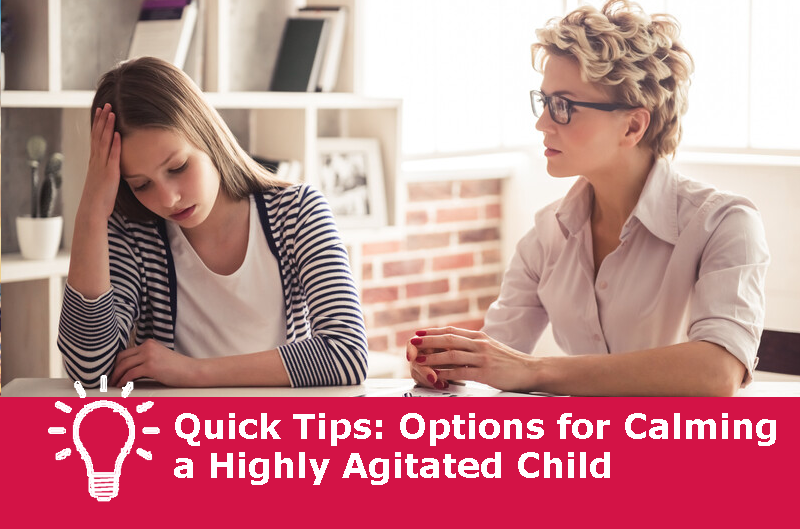Options for Calming a Highly Agitated Child
The Carlat Psychiatry Blog, Volume , Number ,
https://www.thecarlatreport.com///
An 11-year-old boy, who was admitted for suicidal ideation, is angry and wants to go home. He is marching up and down the hallways, screaming and flailing his arms in a menacing manner. You realize that medication to sedate him might be necessary, but you’re also considering a behavioral intervention. How do you handle either approach? Here are some strategies for both behavioral interventions and sedation, which were pulled from an article in The Carlat Child Psychiatry Report: Behavioral interventions Pharmacologic Management Finally, while using medications might be necessary, only use physical restraints as a last option. According to one study, children–especially those with histories of abuse and neglect–perceive restraints as punitive, potentially leading to further mistrust of mental health providers (General Accounting Office, 1999). Also, physical restraints, as we all know, are the least safe and least compassionate way to handle the situation. Subscribers to The Carlat Child Psychiatry Report, can read the full article here.
When conducting a behavioral intervention to calm an agitated child, consider using some of the following tactics:
Food is often helpful. Offer food or perhaps treats, which help reduce the child’s sense of alarm, serve as a distraction, and helps build trust.
Should a behavioral intervention not work, or not be in the best interest of safety, try to get the patient to voluntarily take medication. Getting agitated kids to agree to a sedative is often not difficult, but it requires skill in the art of communicating. Here are some techniques you can try:


